Sign up for workout ideas, training advice, reviews of the latest gear and more.

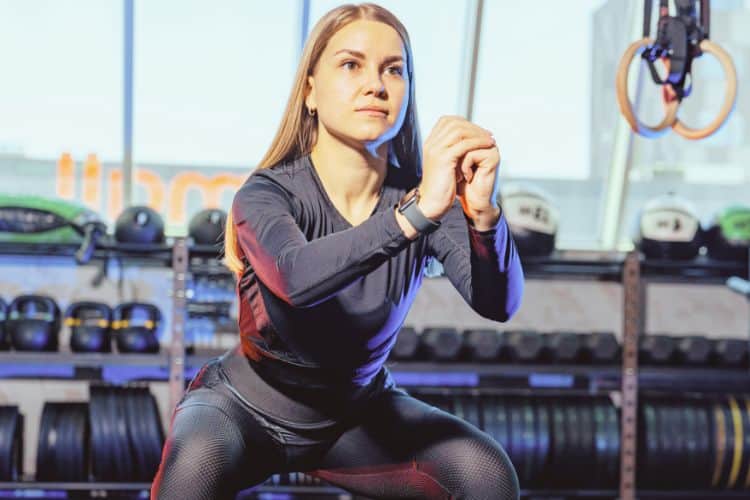
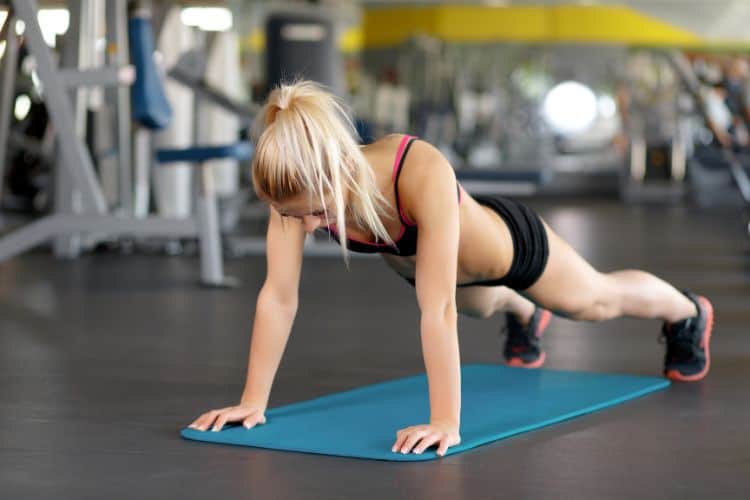
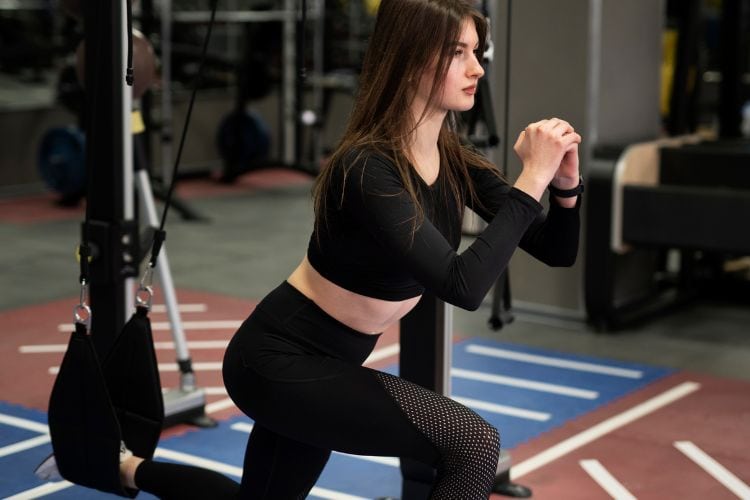
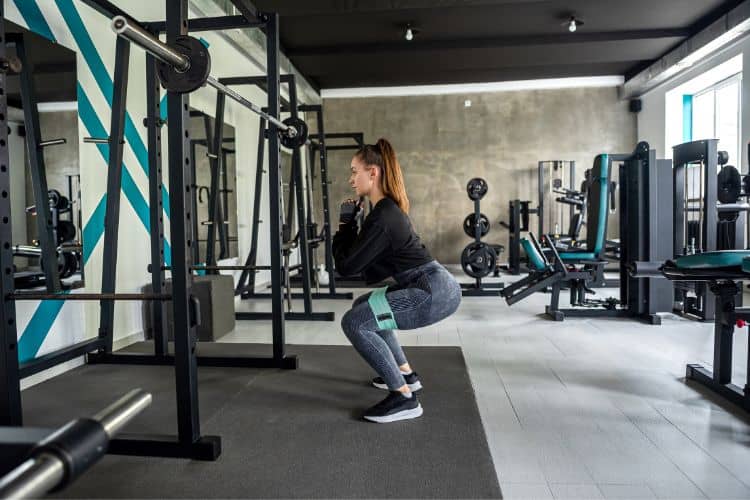
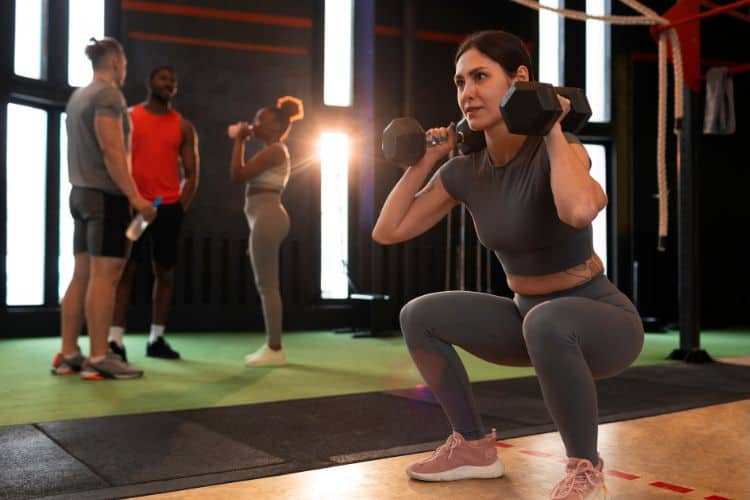
Functional fitness has become one of the most effective training approaches for people looking to improve strength, mobility, and overall performance. Unlike traditional bodybuilding routines that isolate muscles, functional training emphasizes movements that mirror real-life activities—helping you lift, carry, push, and pull more efficiently. In this guide, you’ll discover a comprehensive 45-minute full-body functional workout designed to challenge every muscle group, boost cardiovascular endurance, and improve coordination. Whether you’re training at home or in the gym, this workout is adaptable for all fitness levels.
Before diving into the routine, it’s important to understand why functional training matters and why 45 minutes is the sweet spot.
This workout follows a functional training circuit style. You’ll move through 5 blocks, each targeting different movement patterns: push, pull, squat, hinge, core, and carry.
Each circuit includes compound functional exercises performed for 40 seconds with 20 seconds of rest between moves. Repeat each block 2–3 times depending on your fitness level.
A proper warm-up preps your body for movement, activates muscles, and reduces injury risk.
By the end of your warm-up, your heart rate should be slightly elevated, and your muscles activated.
Purpose: Build upper-body pushing strength while engaging your core.
Rest 1 minute and repeat once before moving on.
Purpose: Strengthen legs and hips while improving explosive power.
Rest 1 minute and repeat twice.
Purpose: Strengthen back, grip, and posterior chain.
Rest 1 minute and repeat once before continuing.
Purpose: Improve core stability, oblique strength, and rotational movement.
Rest 1 minute and repeat twice.
Purpose: Full-body endurance, grip strength, and real-world functionality.
Rest 1 minute and repeat once.
After an intense session, cooling down helps restore your heart rate and promotes recovery.
Functional training emphasizes quality of movement. Maintain control instead of rushing through reps.
This workout can be done with minimal equipment—dumbbells, kettlebells, resistance bands, or bodyweight only.
Record reps, sets, or weights weekly. Functional fitness thrives on progression and adaptation.
Here’s how you can incorporate this workout into a balanced program:
Yes! When structured with compound functional movements, 45 minutes is enough to challenge every muscle group and provide both strength and cardio benefits.
Absolutely. Beginners should start with bodyweight versions of each exercise and gradually add weights.
2–3 times per week is ideal, allowing time for muscle recovery and adaptation.
Dumbbells, kettlebells, or resistance bands enhance the workout, but you can substitute with bodyweight movements if equipment is limited.
A 45-minute full-body functional workout is the perfect balance of strength, endurance, and mobility training. It’s efficient, versatile, and effective for anyone—whether you’re an athlete, a busy professional, or someone simply looking to stay fit for everyday life.
By incorporating functional exercises like squats, deadlifts, carries, planks, and rotational moves, you’ll build a resilient body that not only looks good but performs well in real-world scenarios.
Consistency is key—stick to this routine 2–3 times per week, and you’ll see noticeable improvements in strength, stamina, and overall health.
Want more workout and video guide?
Follow us on Pinterest, Facebook, and Subscribe to our Newsletter and Stay tuned for FREE downloads of our App coming soon!
Stay up to date on the latest women’s health, fitness and lifestyle trends and tips.